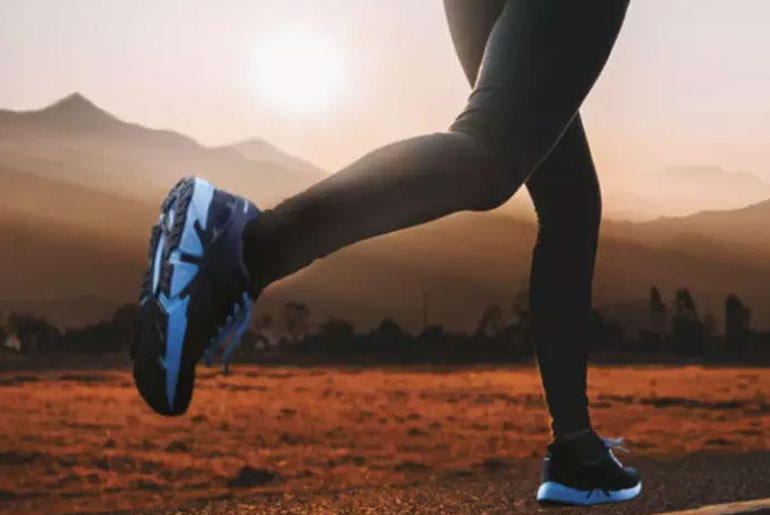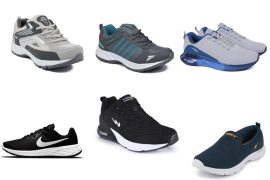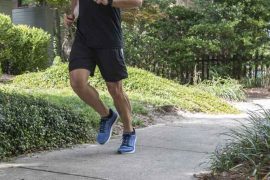Runners often cherish the feeling of slipping into a new pair of shoes, but questions arise about how frequently they should invest in them. Conventional wisdom suggests that running shoes typically last between 500 to 800 kilometers, a guideline derived from both impact testing with machines and long-term monitoring of runners in real-world conditions. While research has primarily focused on the materials and structure of shoes, more relevant factors for runners may include shoe comfort, performance benefits, and injury risk. Instead of adhering to a rigid mileage limit, it’s advisable for runners to pay attention to individual signs related to their specific shoe type and its intended use.
Runners often face the question of when to replace their shoes. The decision typically hinges on three main factors: perceived performance decline, bodily discomfort (which may lead to injuries), and overall comfort. Understanding the research surrounding these issues can guide runners in making informed decisions about their footwear.
1. Performance
The materials and design of running shoes can significantly affect running efficiency. As shoes accumulate mileage, their materials may degrade, which can hinder performance, especially on race day. This is particularly relevant for carbon fibre plate shoes used by elite athletes, which incorporate compliant midsole foam and a stiff carbon fibre plate for enhanced energy return.
While the evidence supports the performance benefits of these specialized shoes, research specifically examining how long those benefits last is limited. One notable study conducted by the University of Connecticut in 2020 involved eight college runners who wore Nike Pegasus shoes over 400 miles (approximately 643 km). The study found significant reductions in running economy at 240 km, and this decline became statistically significant at 320 km. No performance decline was noted at 160 km. Therefore, for optimal performance, it’s suggested that runners replace their shoes after 160 to 240 km, especially if they are training for competitive events.
To maintain peak performance, runners should consider minimizing training mileage on their racing shoes, keeping them “fresh” for key races.
2. Injury or Discomfort
The connection between shoe wear and injury risk remains uncertain, with evidence often conflicting. However, one study indicated that runners who alternate their shoes have a lower injury risk compared to those who consistently use the same pair. Runners in the study who alternated shoes accumulated less wear on each pair.
The findings suggest that accumulating excessive mileage on a single pair may increase injury risk, although the exact age of the shoes was not detailed. In the study, single-pair users averaged 320 km in their shoes, whereas those who used multiple pairs averaged only 200 km per shoe. This data suggests that varying footwear can help mitigate the risk of injuries associated with worn-out shoes.
3. Comfort
Comfort and fit are paramount when choosing running shoes. While evidence linking comfort to reduced injury rates and improved running economy is mixed, ensuring a good fit is crucial for preventing discomfort and potential injuries.
Most runners primarily land on their heels, leading to repeated compression of the midsole. Research indicates that the midsole material may begin to harden after approximately 160 km. Interestingly, runners reported minimal perceived changes in cushioning after using their shoes for 640 km—only about a 3% difference. This suggests that runners may not be adept at detecting subtle changes in cushioning until a more significant decline (around 10%) occurs.
Therefore, a practical rule of thumb is to replace shoes once a noticeable drop in comfort is experienced.
Ultimately, there is no universal guideline for when to replace running shoes, as mileage and personal experiences can vary widely. However, the most practical recommendations are to keep racing shoes under 240 km, alternate between multiple pairs during training, and replace shoes when a significant decline in comfort is noticed. By paying attention to these signs, runners can optimize their performance and reduce the risk of injury.
Disclaimer:
The information contained in this article is for educational and informational purposes only and is not intended as a health advice. We would ask you to consult a qualified professional or medical expert to gain additional knowledge before you choose to consume any product or perform any exercise.








